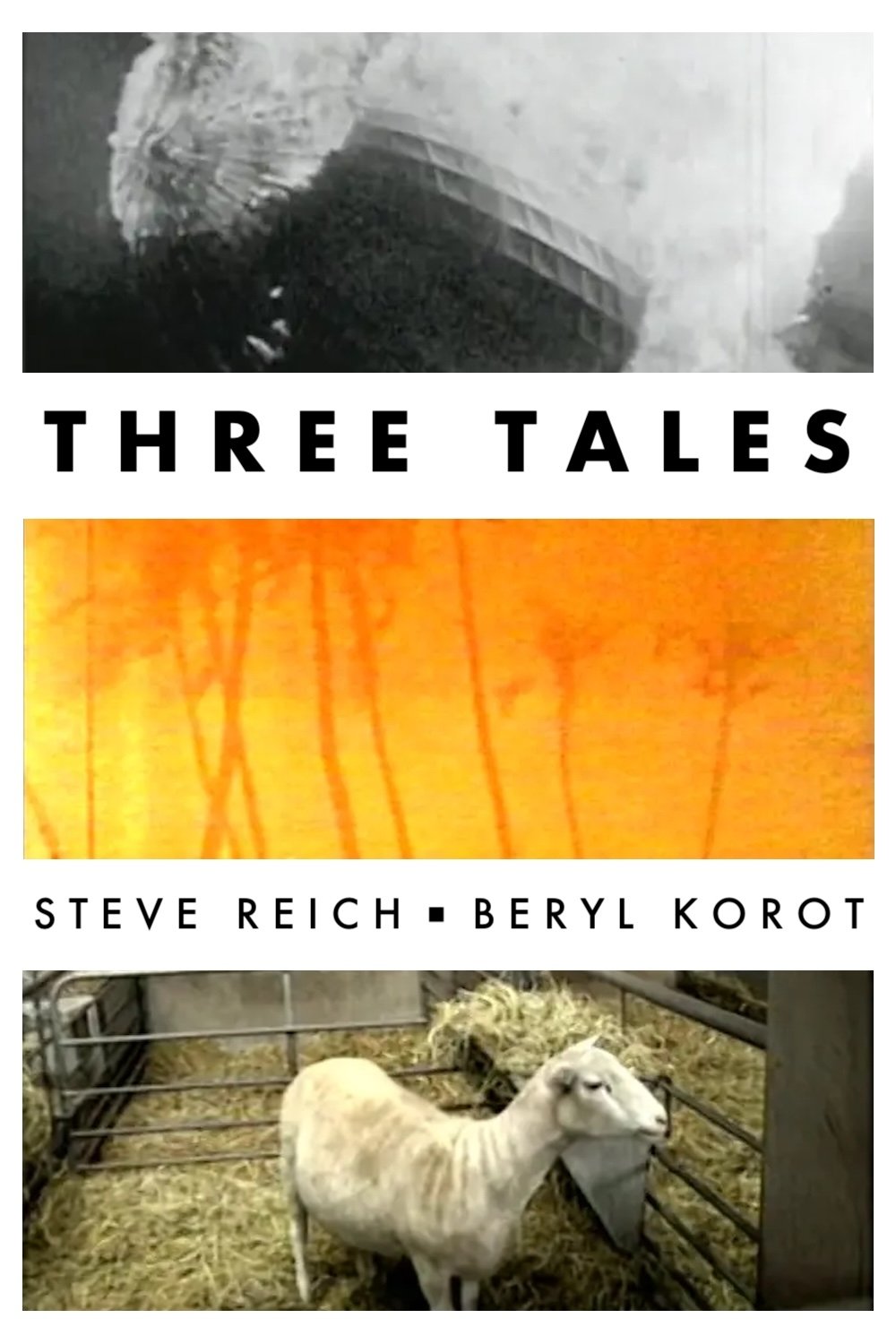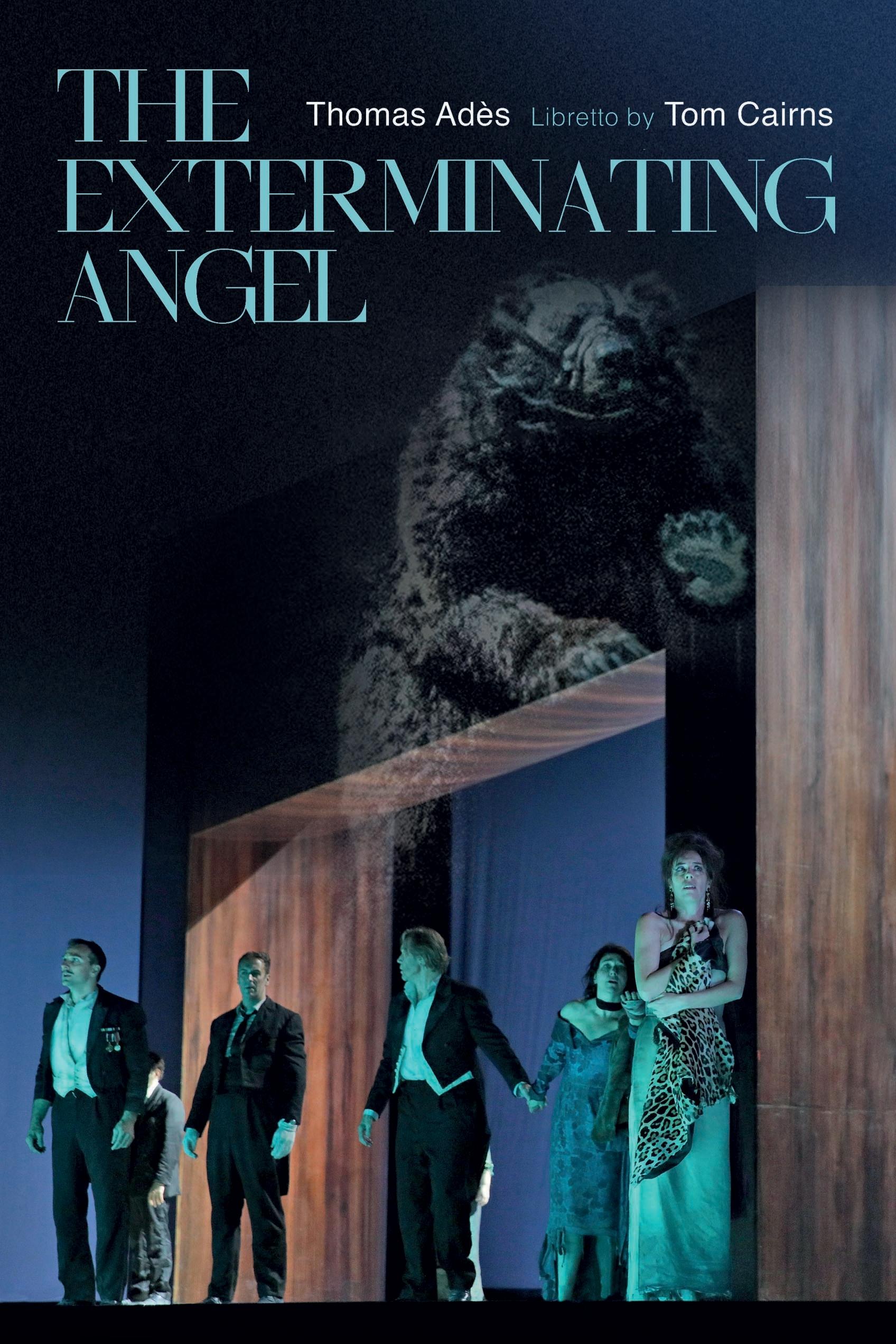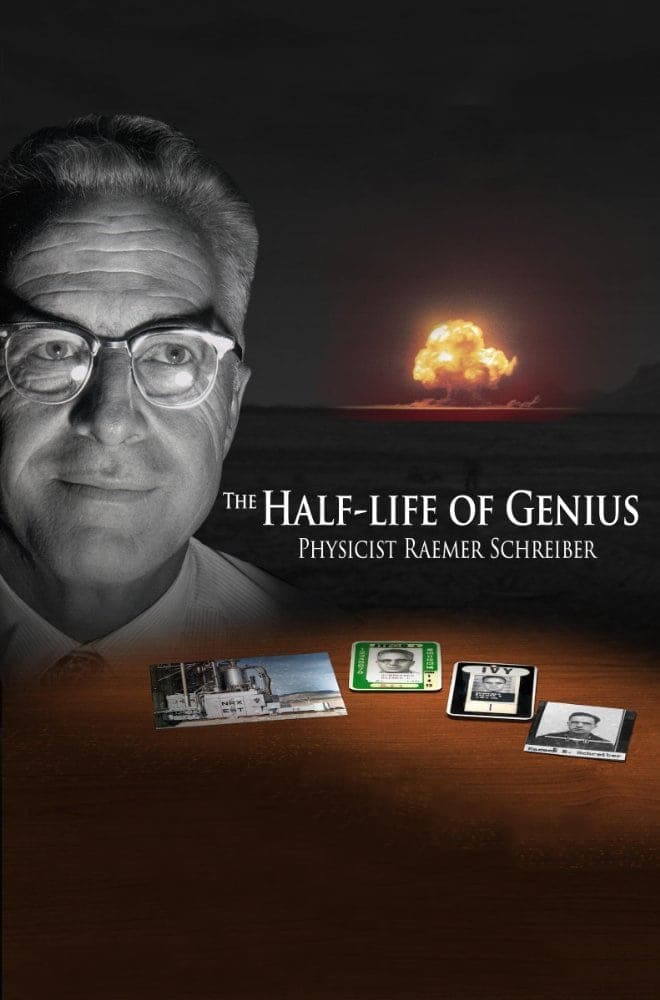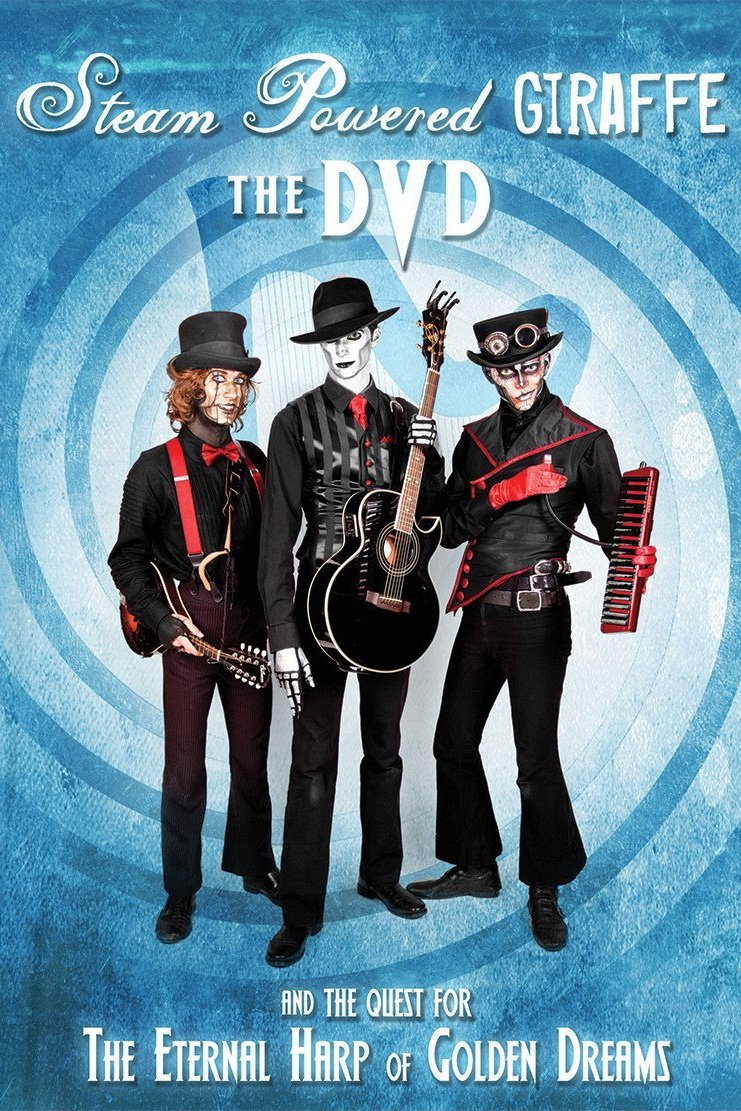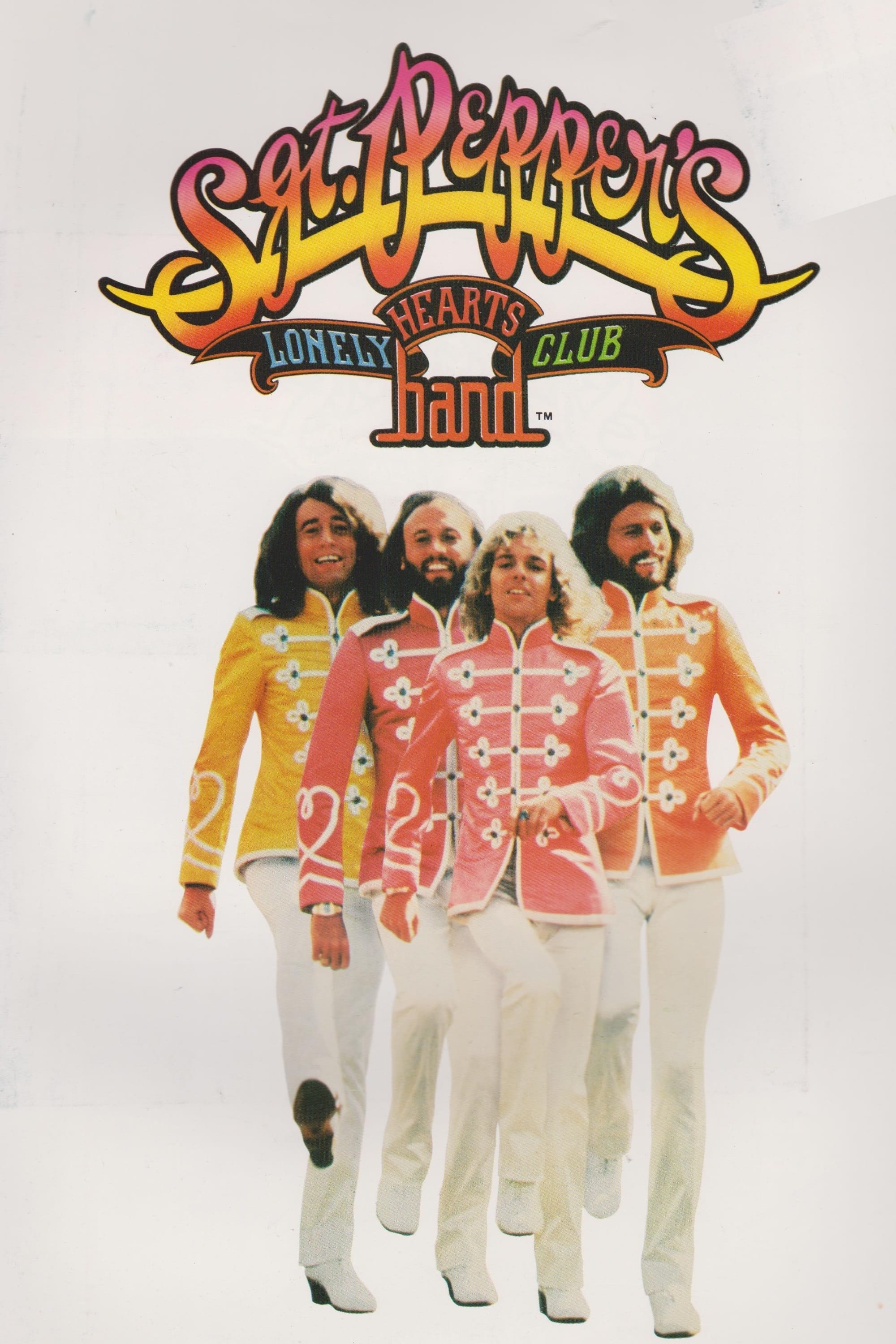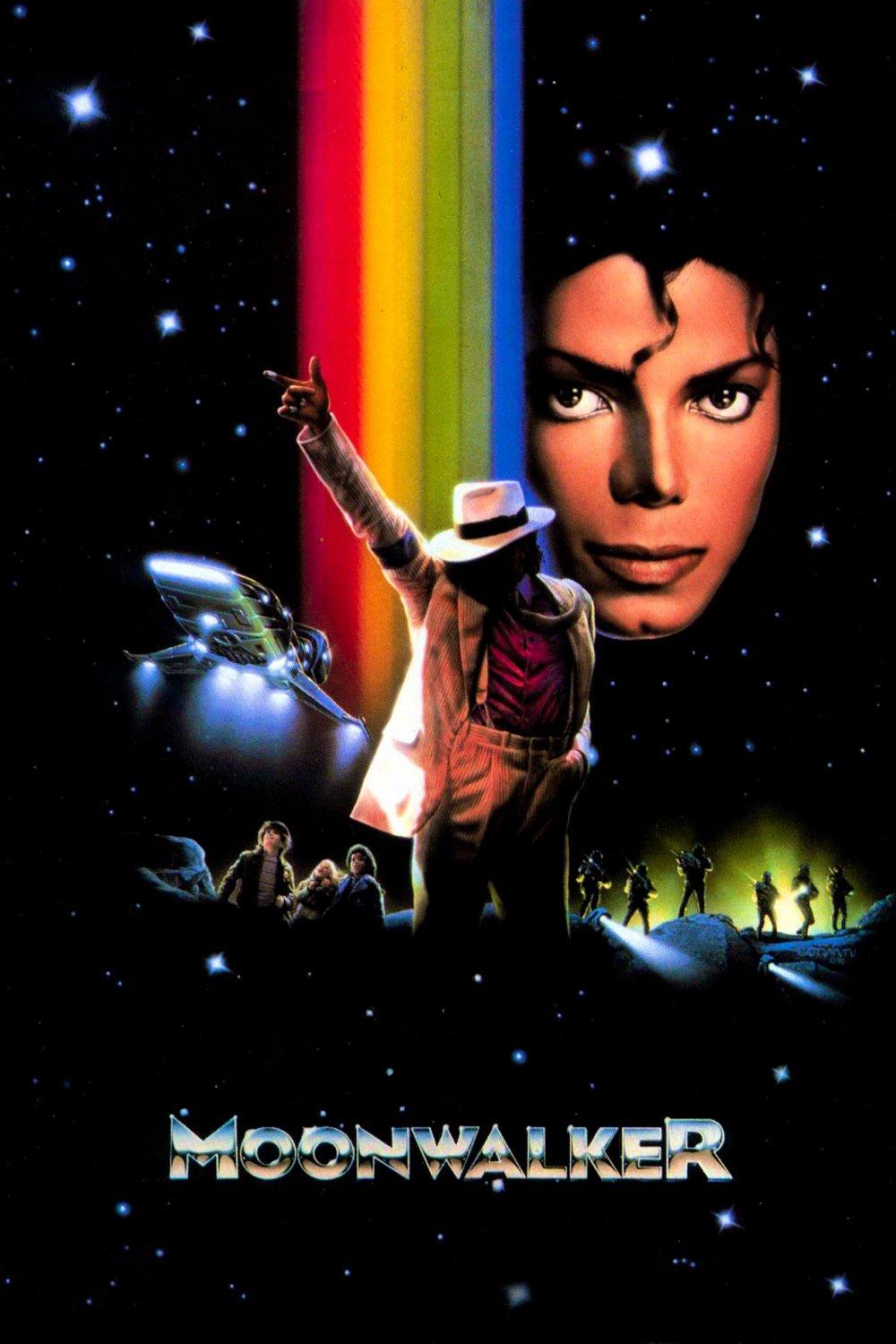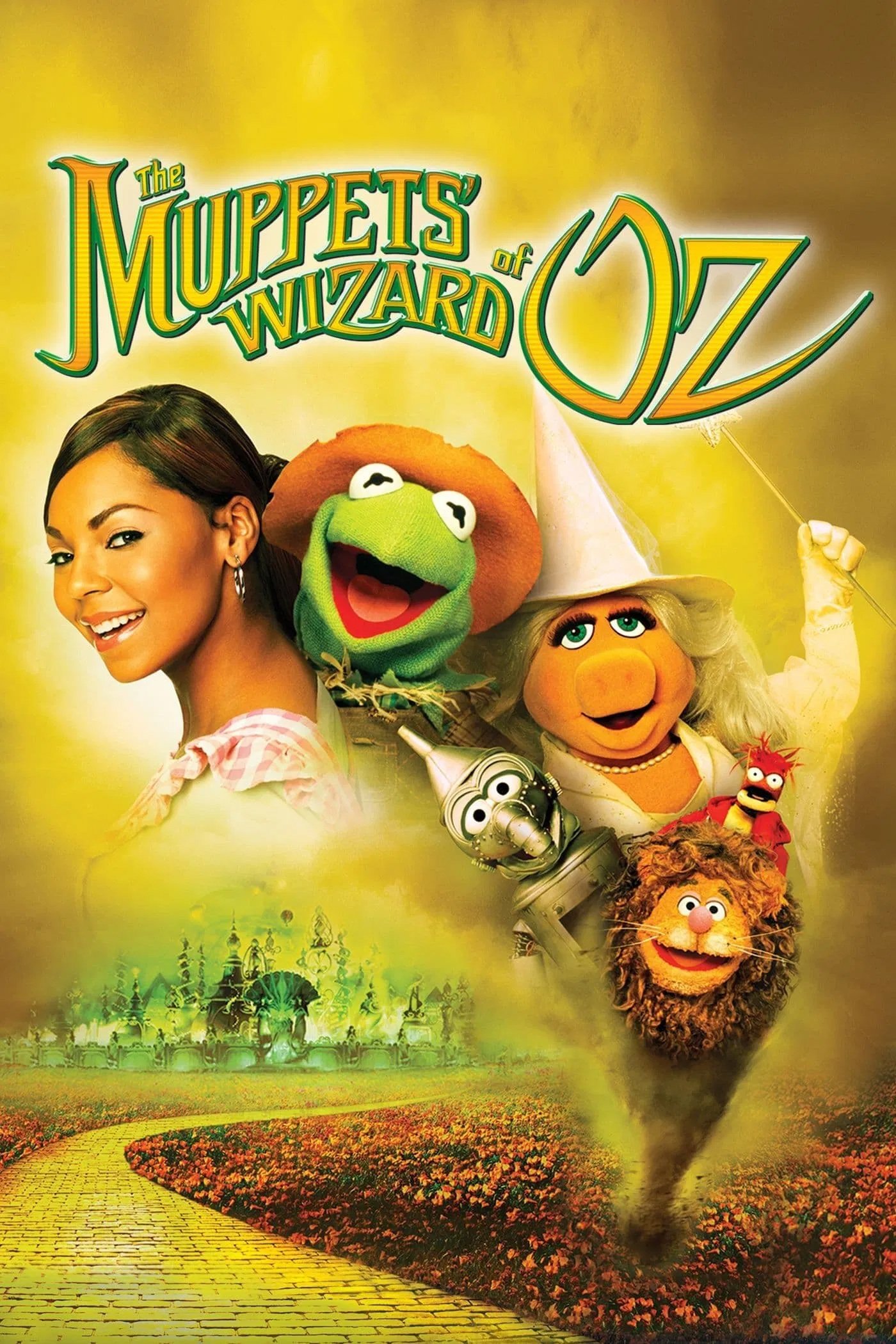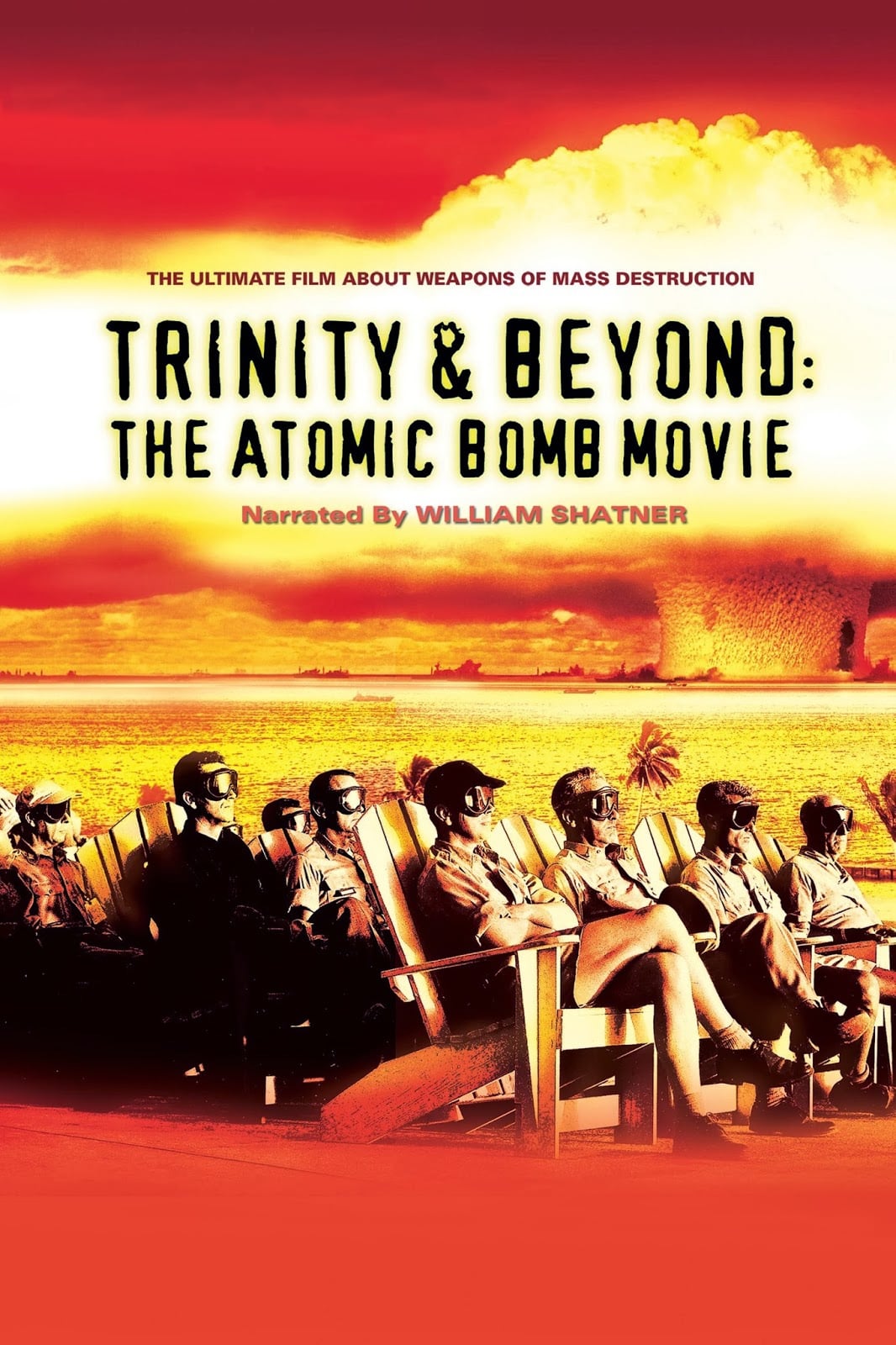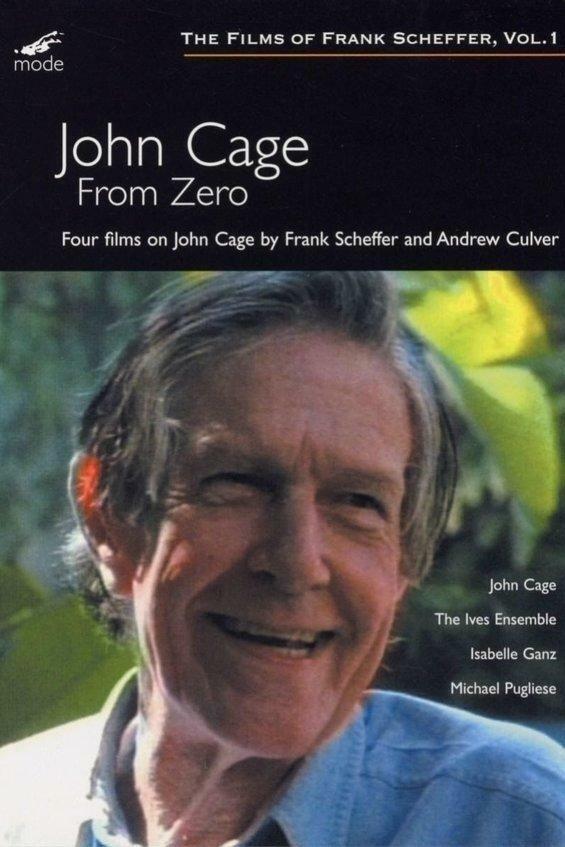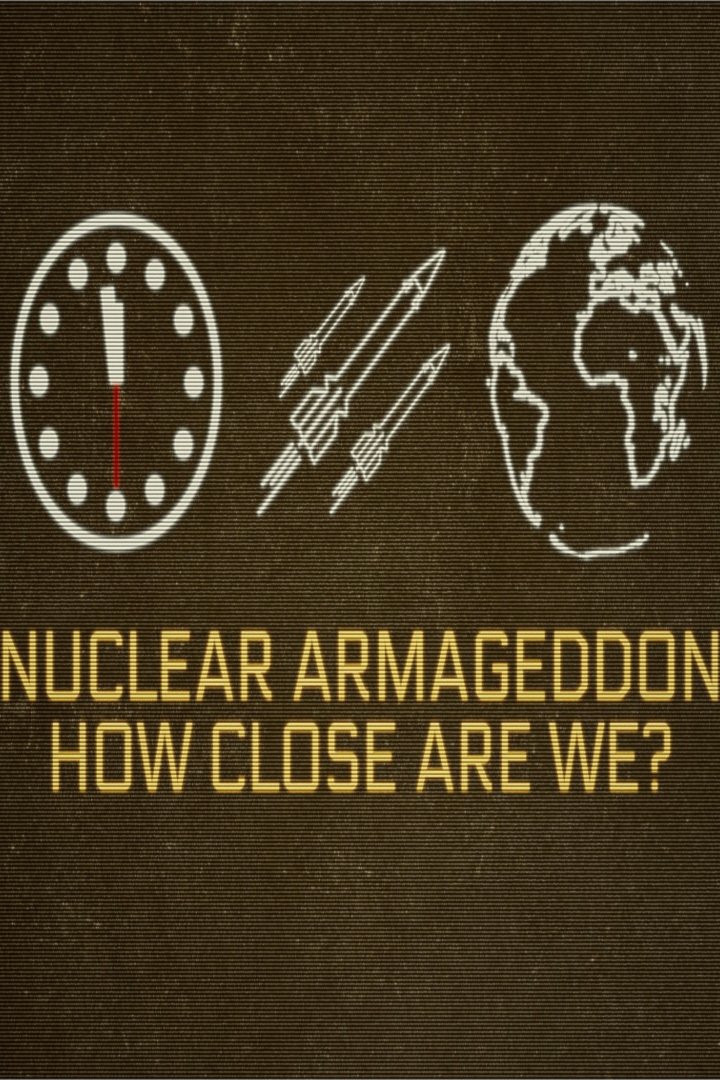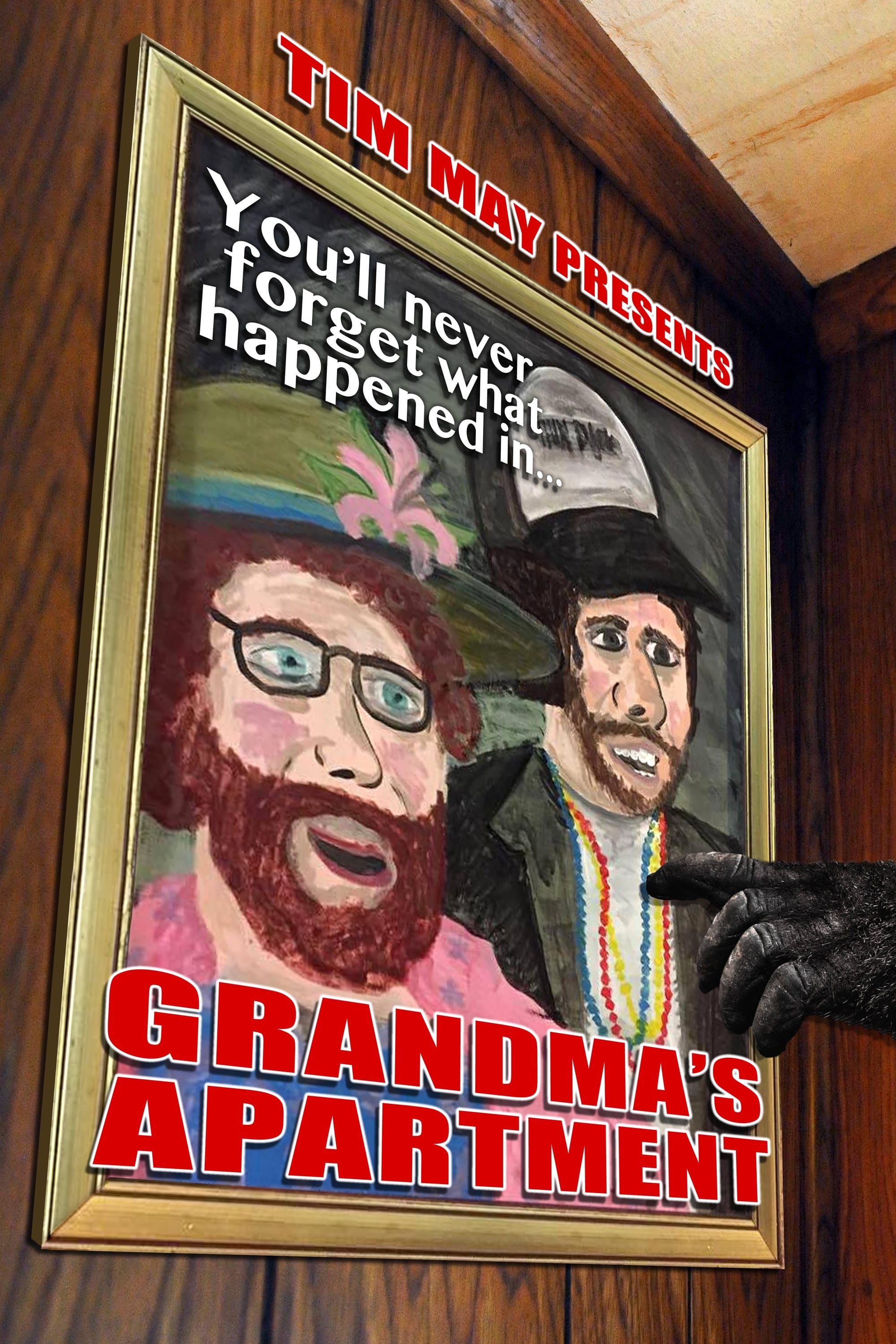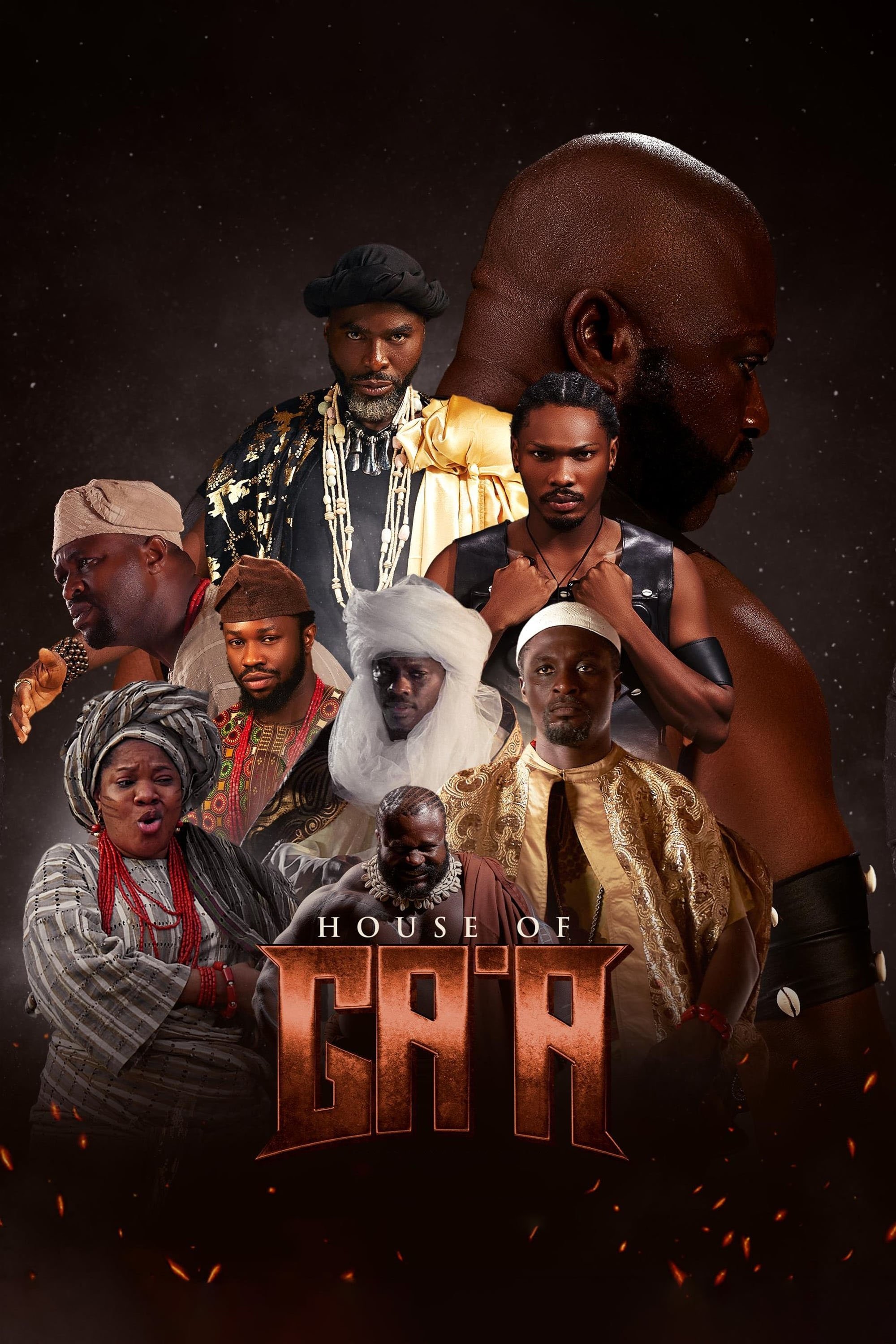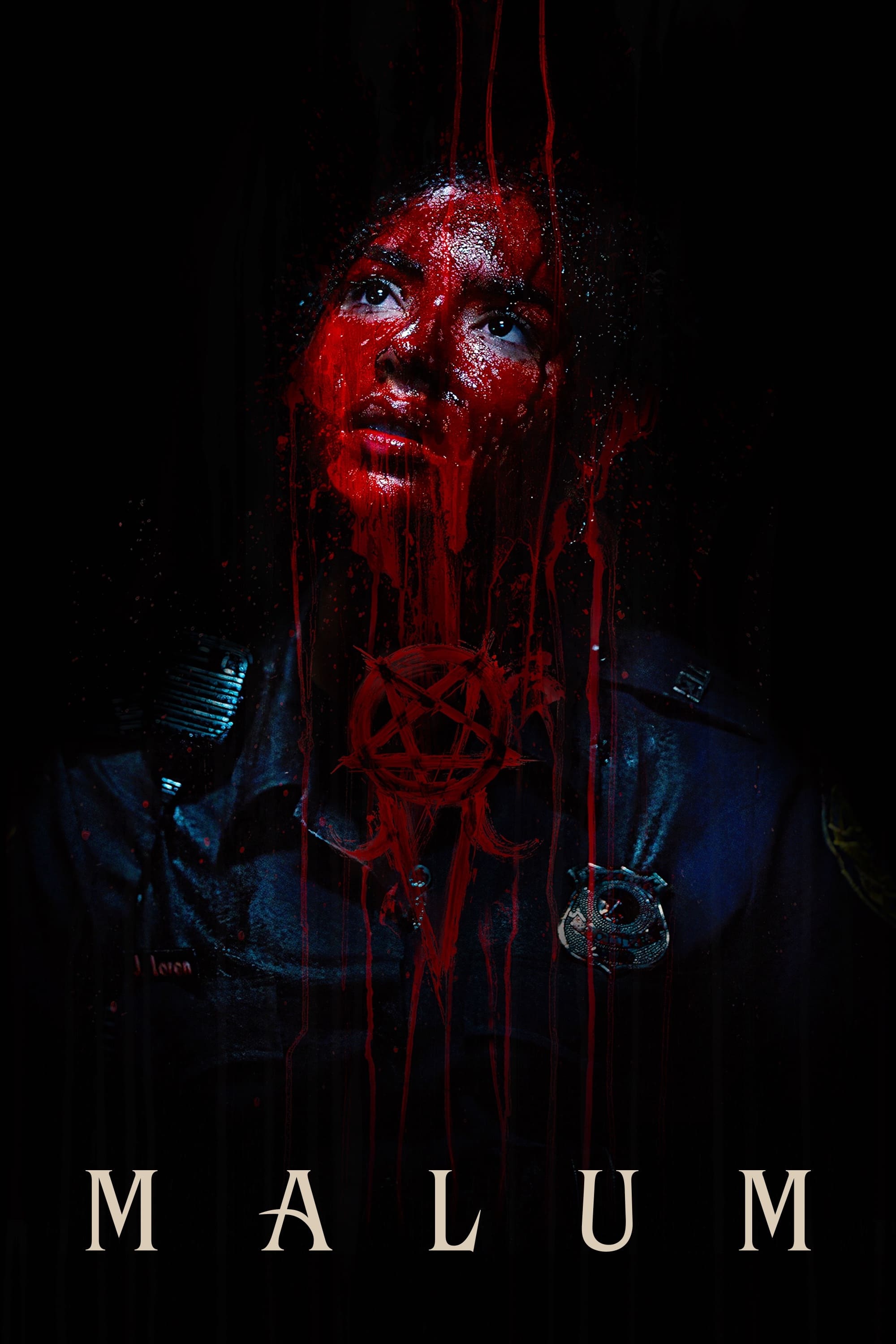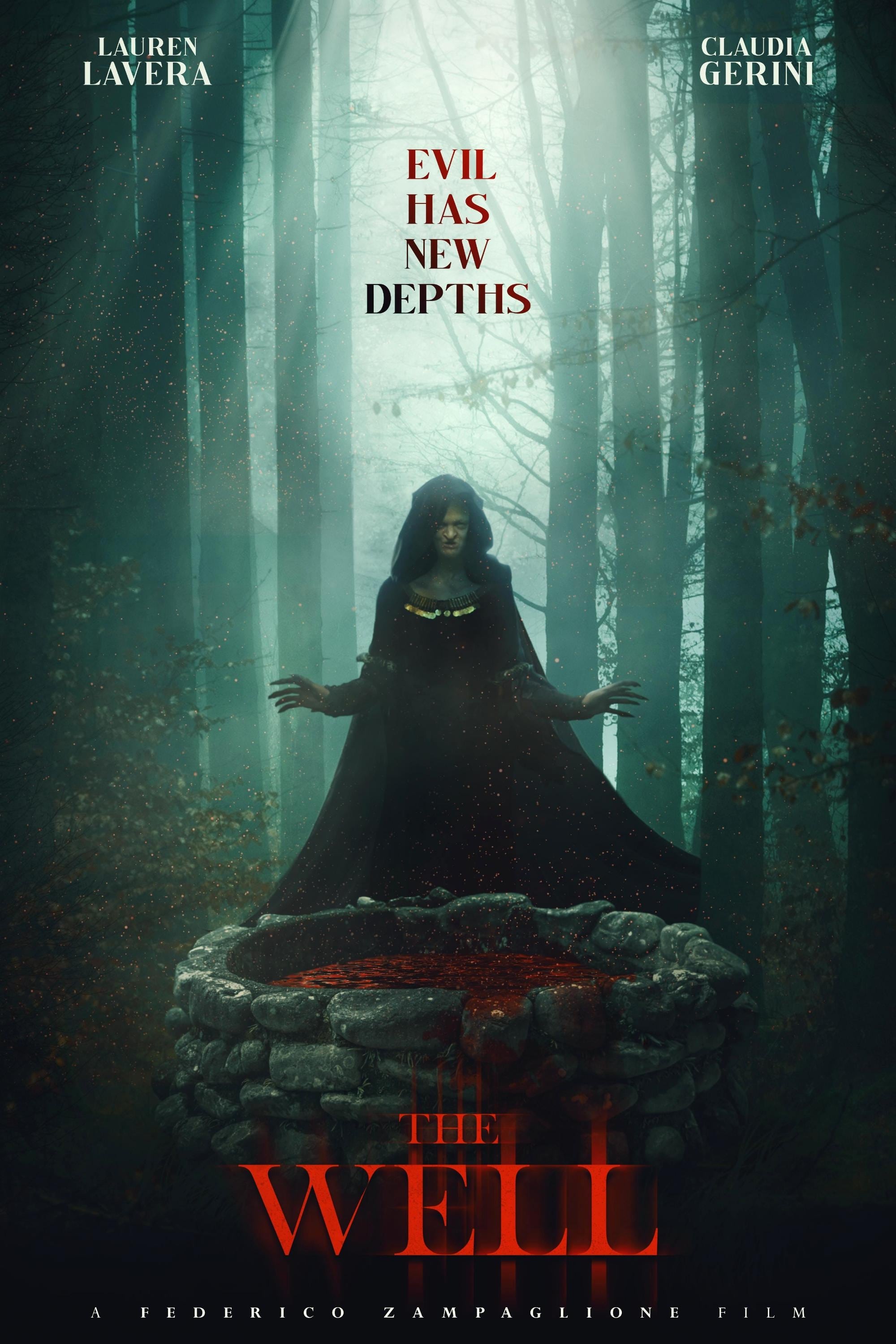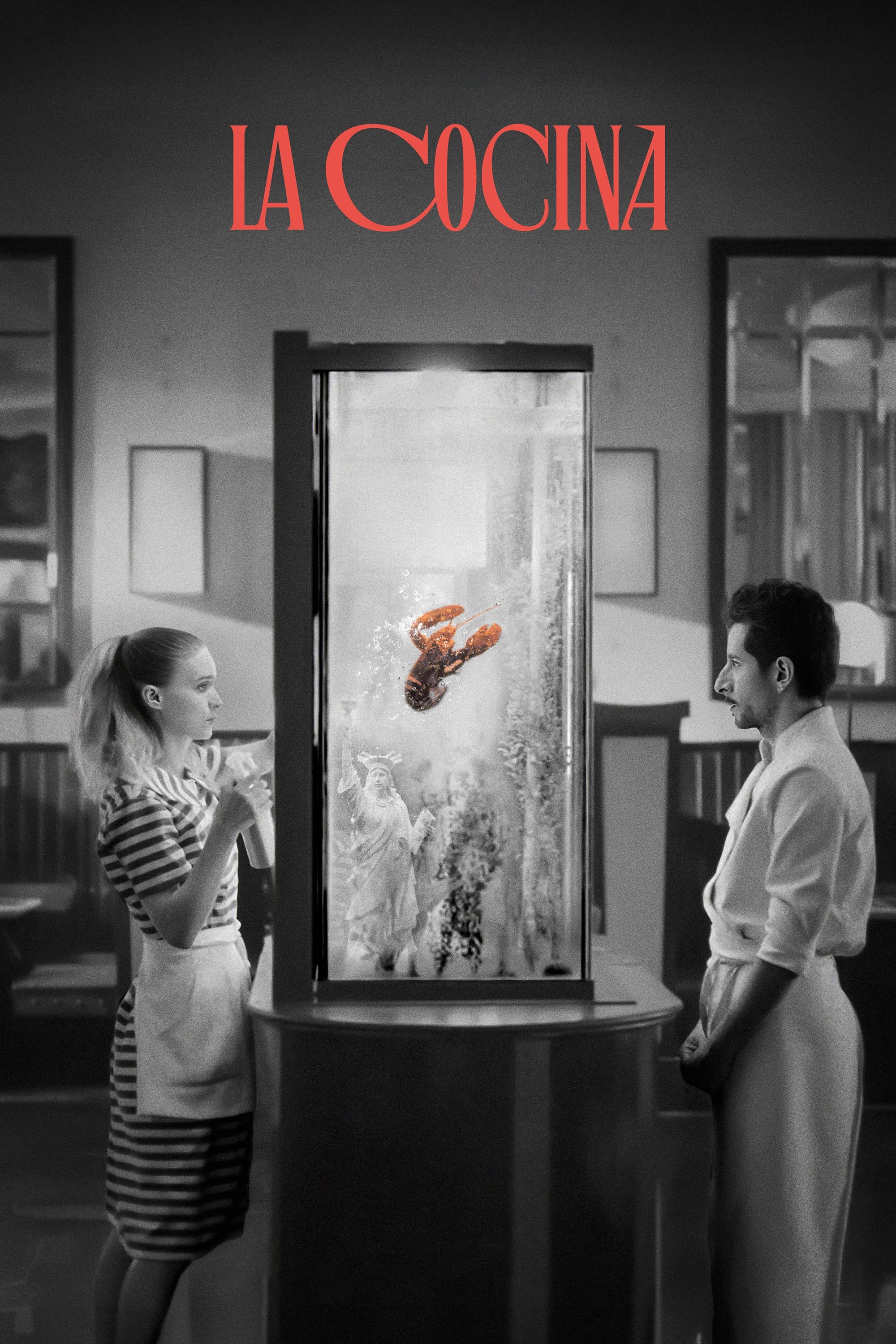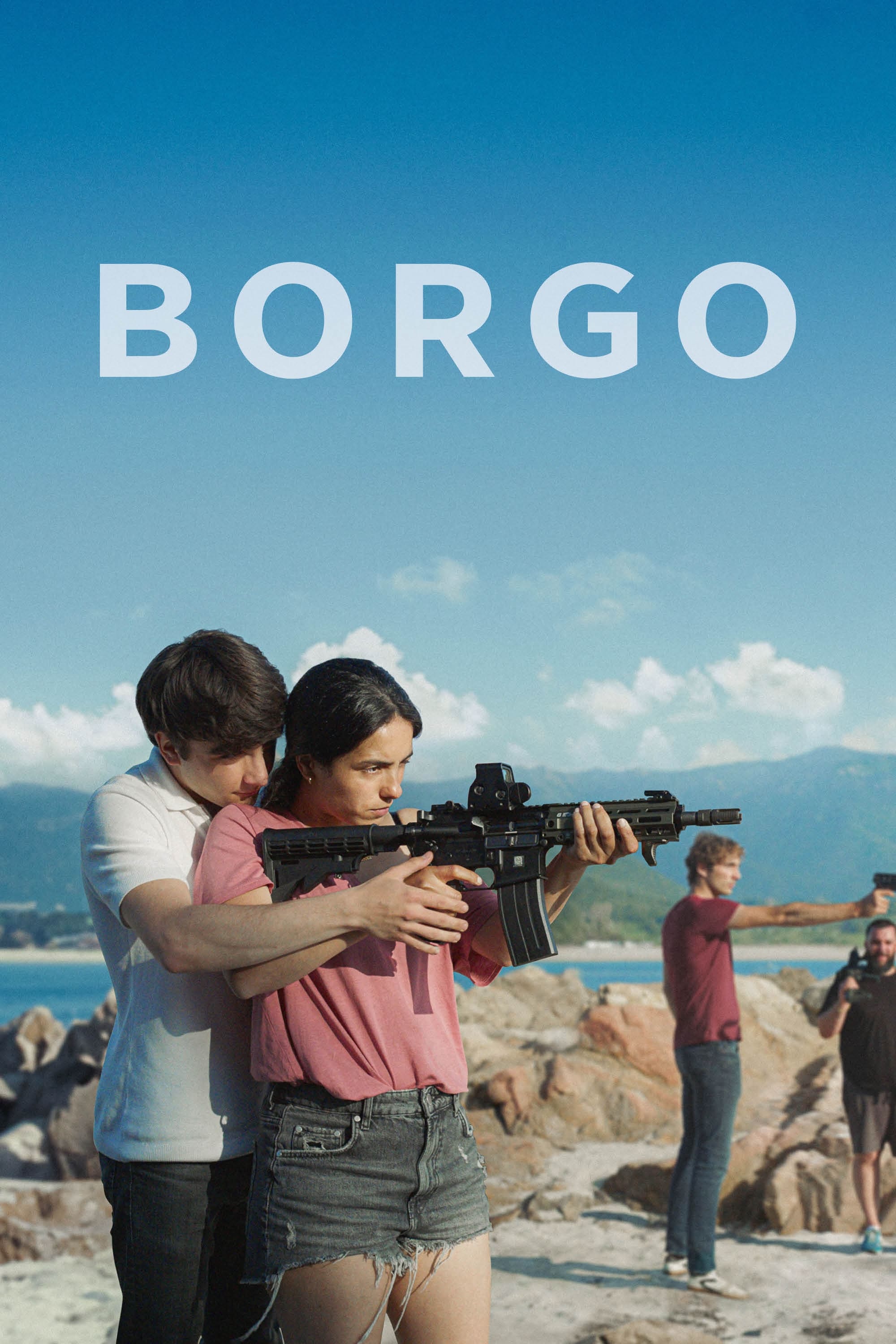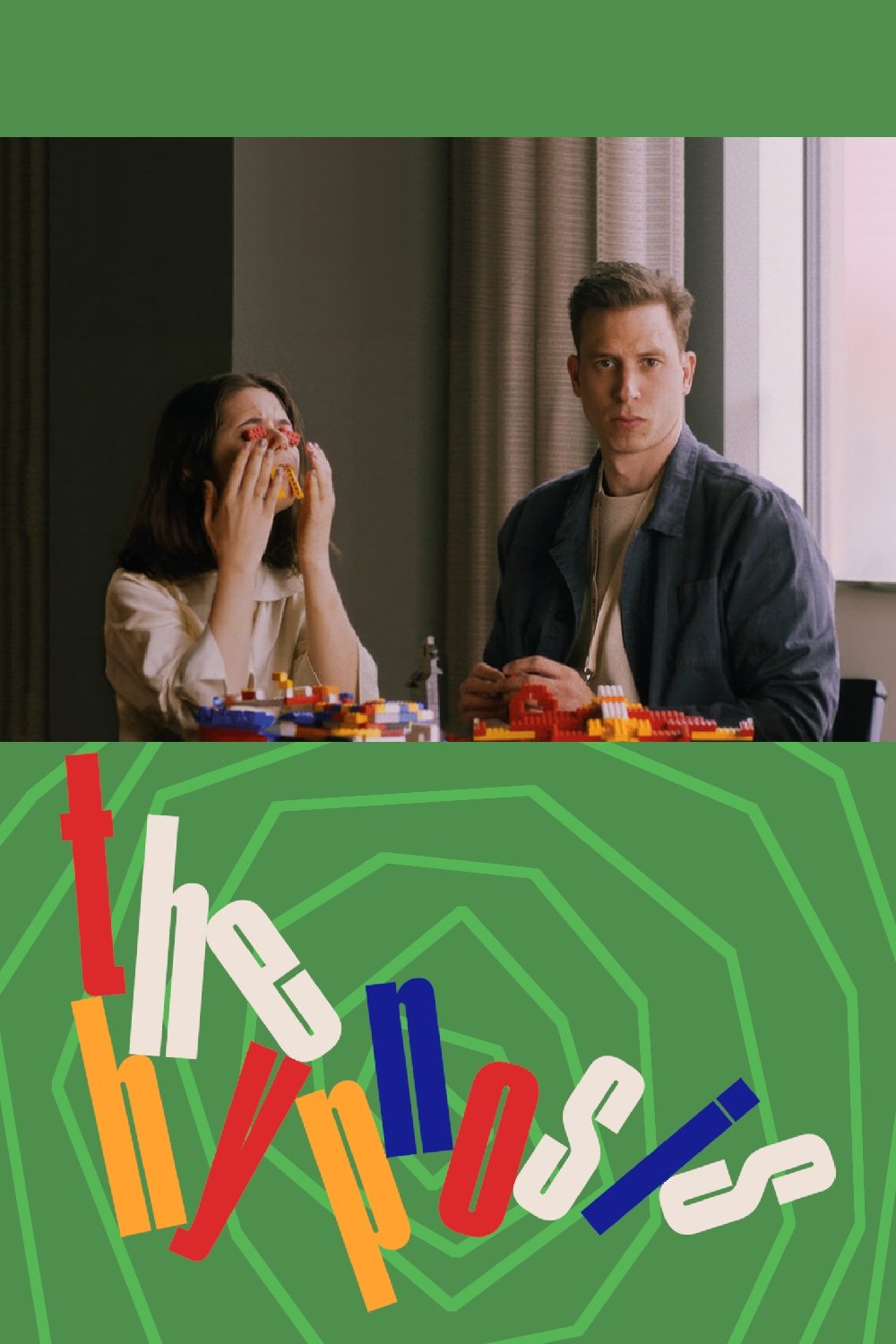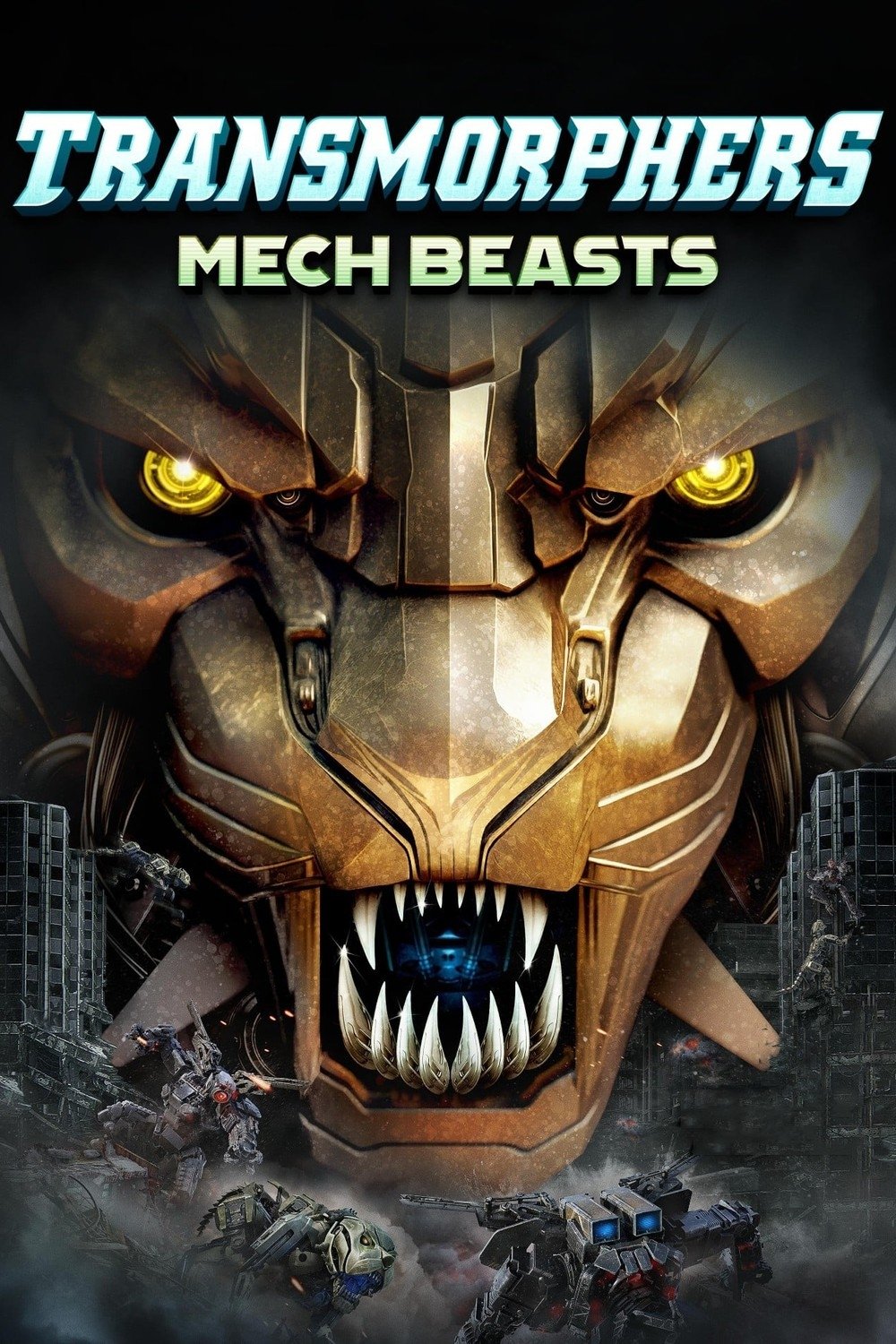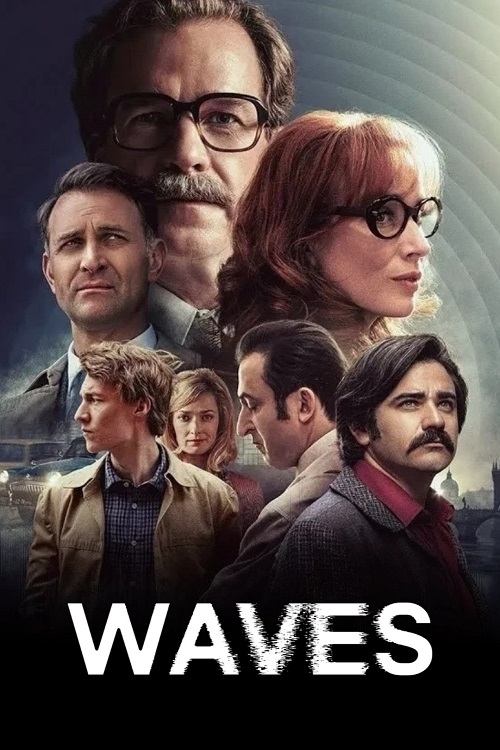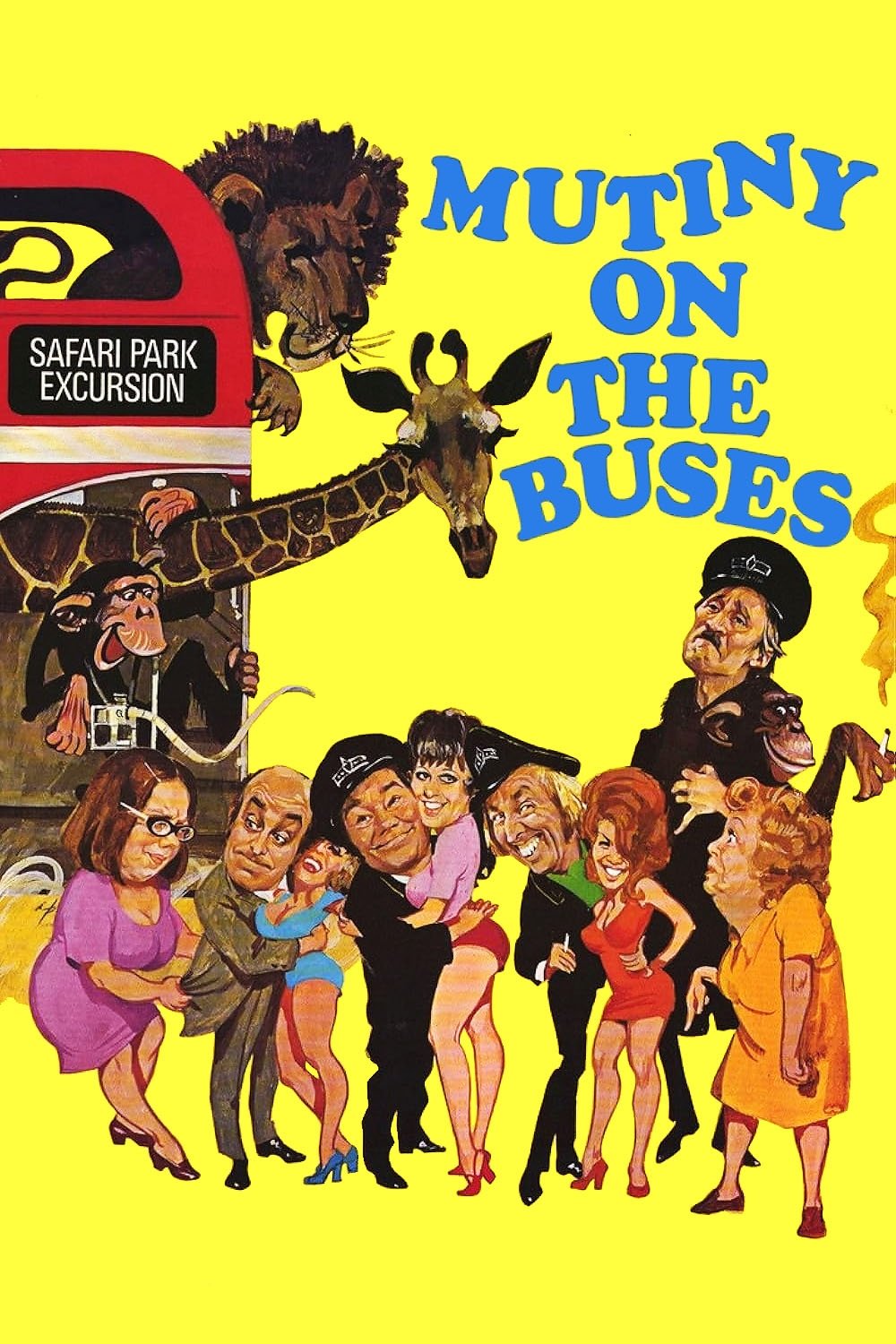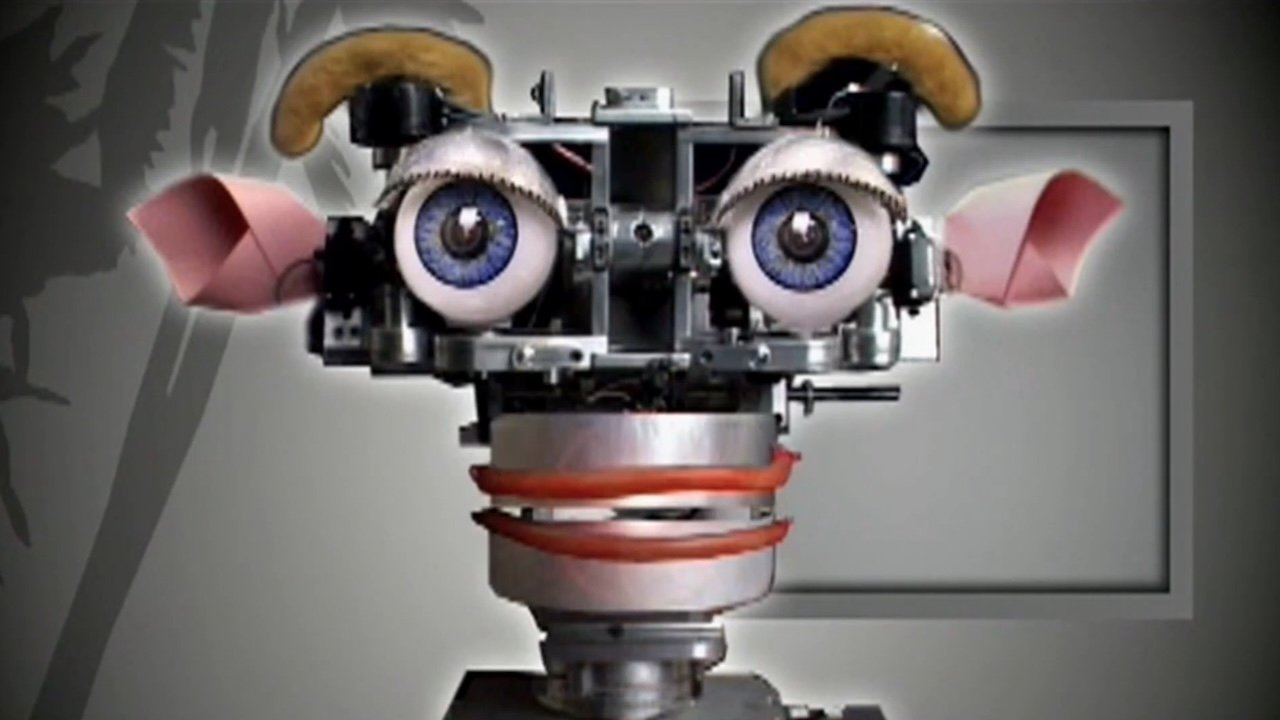
Reich: Three Tales
2002
1h 6m
8.0(1 votes)
Music
Documentary
Overview
"Three Tales" is a video music work by American composer Steve Reich and video artist Beryl Korot. It is set in three "Acts", each depicting a technological advance of the 20th century and its negative implications on humanity: the dirigible airship Hindenburg and its explosion; the Atom Bomb and its testing on Bikini Atoll; and Dolly the sheep, first successful genetic cloning of a mammal.
Videos & Trailers
1 video
Cast & Crew
19 members
Acting
Richard Dawkins
Self

Acting
Kevin Warwick
Self

Acting
Freya von Moltke
Self
No Image
Acting
Steven Pinker
Self
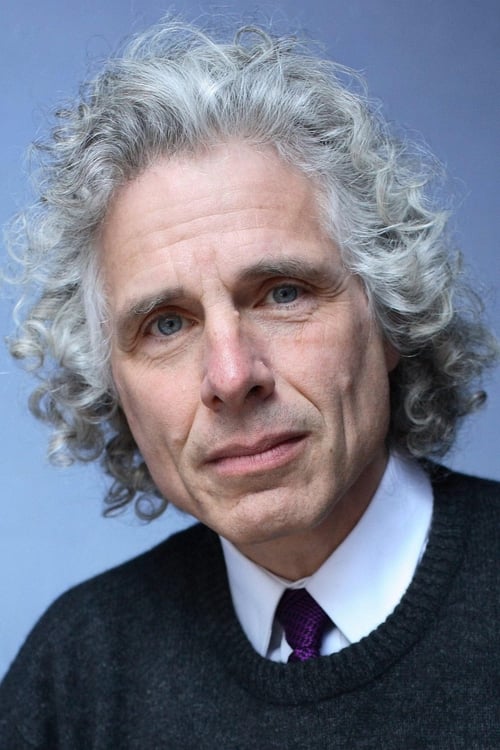
Acting
Robert Pollack
Self
No Image
Acting
Ruth Deech
Self
No Image
Acting
Adin Steinsaltz
Self
No Image
Acting
James Watson
Self

Acting
Joshua Getzler
Self
No Image
Acting
Gina Kolata
Unknown Role
No Image
Acting
Ray Kurzweil
Unknown Role

Acting
Stephen Jay Gould
Self
No Image
Acting
Cynthia Breazeal
Self
No Image
Acting
Jaron Lanier
Self
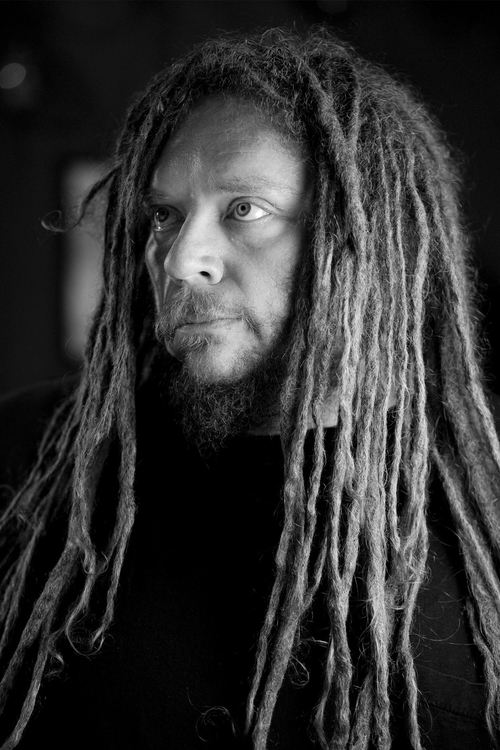
Acting
Bill Joy
Self
No Image
Acting
Sherry Turkle
Self
No Image
Acting
Marvin Minsky
Self
No Image
Acting
Rodney Brooks
Self
No Image
Acting
Henri Atlan
Self
No Image
